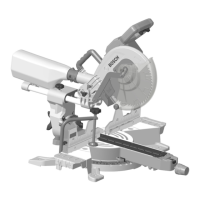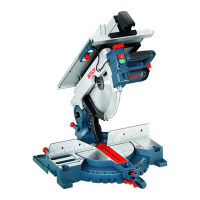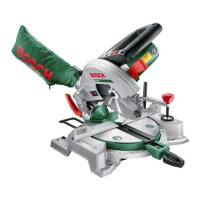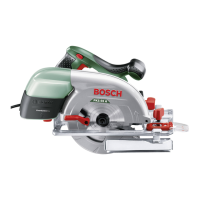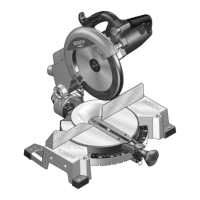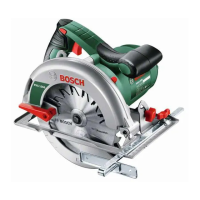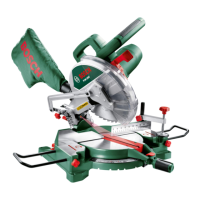Why won't the motor start on my Bosch PROFACTOR GCM18V-10SDN14?
- AAaron SimpsonJul 29, 2025
If the motor of your Bosch Saw doesn't start, there could be several reasons: 1. The battery pack might not be charged. If this is the case, charge the battery. 2. The battery pack might not be installed properly. Make sure the battery is correctly locked and secured to the tool. 3. The battery pack temperature could be too hot or cold. Allow the battery to sit until it reaches normal operating temperature. 4. The Electronic Motor Protection might have turned the tool off. Remove and replace the battery. 5. The switch might be burned out. In this case, have the switch replaced by an Authorized Bosch Service Center or Service Station. 6. If none of the above, authorized service is required.
